It’s not the quickest to 60 or the flashiest of the bunch, but the Maserati MC20 is a brilliant mid-engine supercar. It also seemingly appeared overnight. One day, Maserati was making subpar luxury sedans, and the next it’s producing a carbon-tubbed supercar with a bespoke engine and looks that’ll have you going, what the hell is that? But in a good way.
Seriously, if an award existed for “most improved” in the automotive industry, Maserati deserves to take home the prize this year. From the MC20 to the hot-selling Grecale, this isn’t the Maserati we’ve known and chided for the better part of this century. It’s all the more impressive that Maserati is finally catching its stride at the same time Ferrari engines are falling away from its lineup, particularly because the presence of those Maranello-designed engines was the biggest draw to driving home a car with the trident in its grille.
Forget about Ferrari, though, because the Maserati MC20 is a great supercar because it’s a Maserati. Let your butt fall into the reasonably-bolstered (but not too crazy) all-Alcantara seat, swivel your legs in over top of the exposed carbon sill, and breathe a deep breath of relaxation. Sure, it takes a tiny bit of contorting to get in, but the cabin is downright plush for being an honest-to-goodness supercar. Give the butterfly door a firm yank downward into place, but make sure to admire the perforated and patterned Alcantara as you do, because it’s just one of many hints at the MC20’s quiet luxury.
It’s refreshing to take in the interior’s surroundings, because while storage may be at a premium, most of the controls and trimmings are easily describable as normal or even ergonomic. The steering wheel buttons look lifted straight off an Alfa and are instantly natural to operate. Your phone will find a perfect resting place in the very secure and well-integrated wireless phone charger in the car’s central tunnel. The wheel-mounted drive mode selector is a chip off Alfa’s “DNA” mode selector, but it’s in the perfect spot to effortlessly change the car’s character in an instant. Even the armrests on both the center console and doors are well-judged to keep you relaxed and well-supported no matter how long the drive.
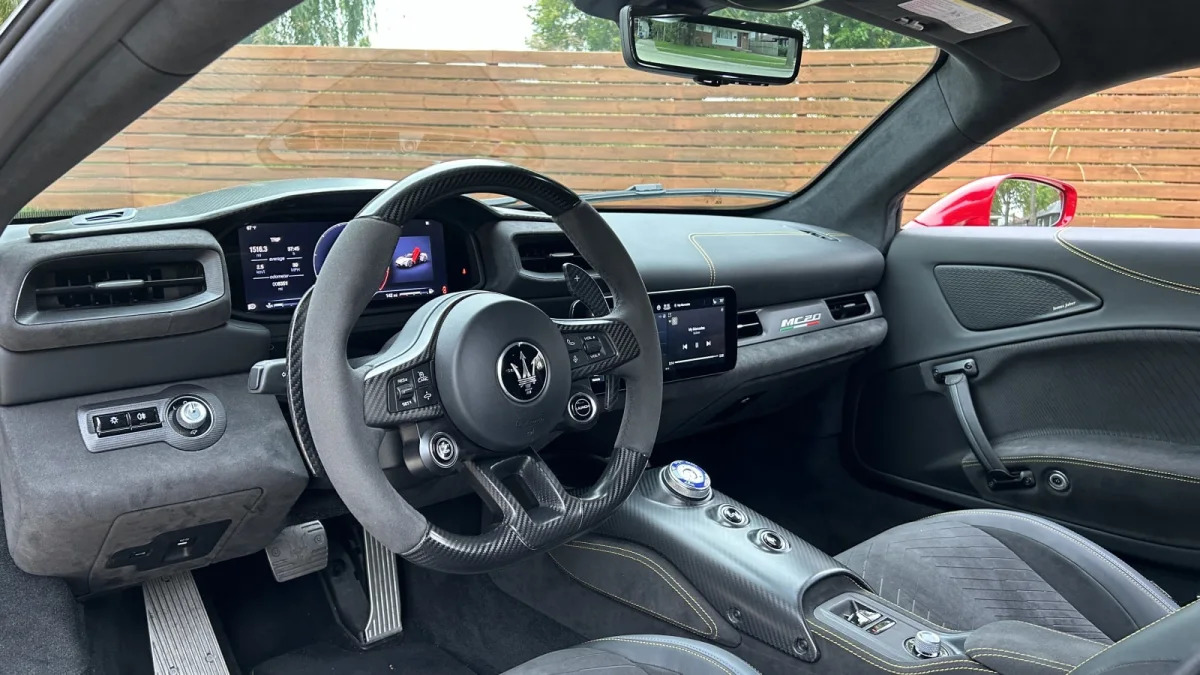
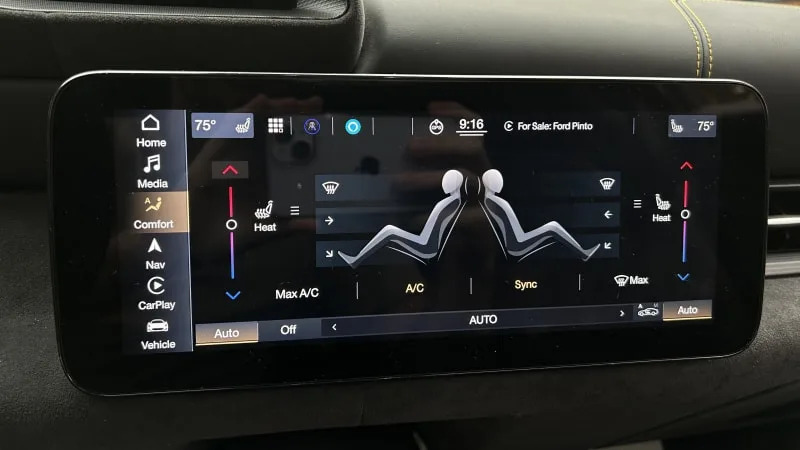
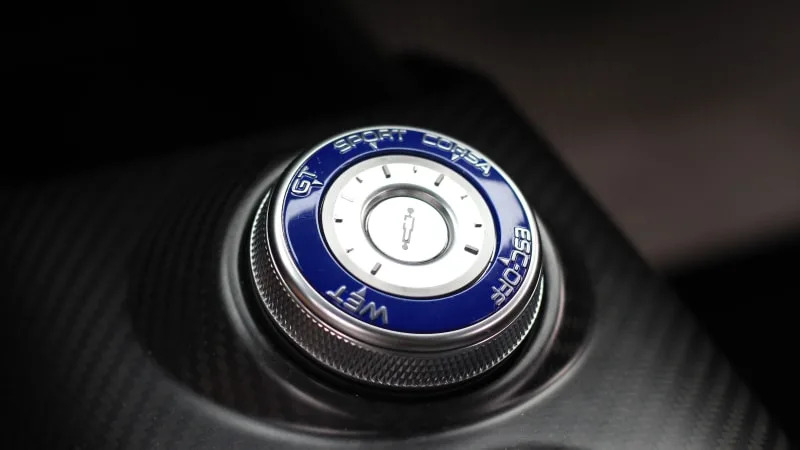
Add to all this the Uconnect 5 infotainment system that is dirt-easy to operate, including with wireless Apple CarPlay/Android Auto, and you’re left with a supercar that doesn’t make being in it or driving it a chore. Despite Lamborghinis and McLarens becoming more and more user-friendly with tech interfaces that are verging on acceptable, the MC20 has utterly aced the usability test straight out of the box. Even details like the digital rearview mirror (you’re blind looking through the actual mirror) and extra padding around the right knee area are perfectly integrated and much appreciated.
All of the above rocks, and then you start to drive the car, and it rocks even harder. The 3.0-liter twin-turbo “Nettuno” V6 that sits behind the cabin sends all 621 horsepower and 538 pound-feet of torque to the rear wheels via (in my test car’s case) an optional electronic limited-slip differential. Stab the throttle, and the sheer volume of intake and forced induction noises will instantly send you into a fit of giggles. Lift back off the throttle quickly, and it sounds like the engine is laughing right back at you with a return volley of whooshes and whistles filling your ears.
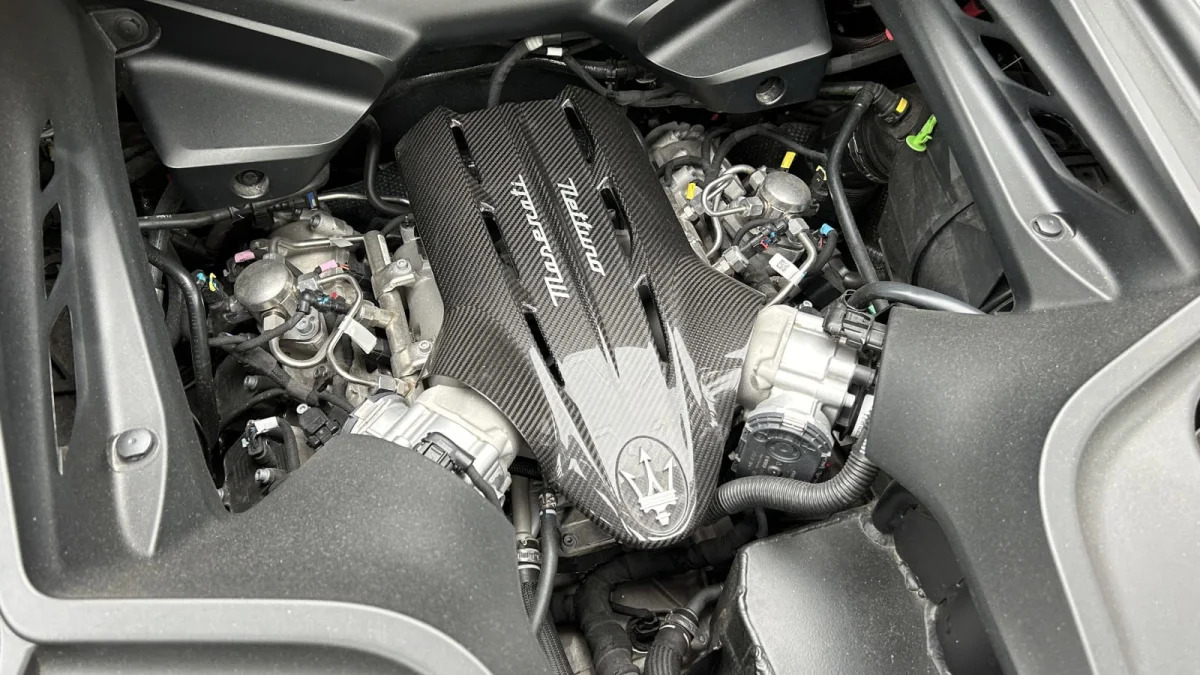
No matter the position of the exhaust valves, you’re going to be entertained popping around town thanks to this unique Twin Spark engine – read even more about it in our First Drive. Maserati tones things down a bit where it counts for daily usability, though. While the carbon tub, carbon ceramic brakes and adjustable suspension all scream race car, that adjustable suspension can be quite the sweetheart. Maserati uses a forged aluminum double-wishbone suspension design both in front and back that it says maximizes both handling and ride comfort, and the comfort bit sure is dialed in to the point that I wouldn’t hesitate to take the MC20 on a long road trip or worry about upsetting my stomach on the drive home from a particularly filling meal. That duality is even more appreciated when I start to turn the wick up on some of Michigan’s imperfect backroads.
The V6’s tire-torching torque from the pair of turbos is evident below 4,000 rpm, but the MC20’s engine revs all the way out to 8,000, and boy do things get even better – and violently rapid – when you use the entire tachometer. A claimed 0-60 mph sprint of just 2.9 seconds feels about right from the butt dyno. And no, that’s not going to trouble the best from McLaren or Ferrari in a straight-line sprint, but that’s not the point of the MC20. A sub-3.0-second sprint is ludicrously quick on any public road, and even with the weight of the powertrain shoving those rear wheels into the ground, the MC20 is still going to keep you on edge and calculating just how far you can dig into the throttle before the tires lose adhesion and things start moving in a sideways direction. It’s an involving, intoxicating and thoroughly fun engine to play with. My only gripe is volume at the top end – roll the windows down, and you’re going to hear much more wind noise than exhaust and engine. All of that sound-deadening might do you well in a miles-long slog, but I need to hear the exhaust echoing off the forest around me in a supercar at redline, and the MC20 just isn’t loud enough from inside the cabin to abide.
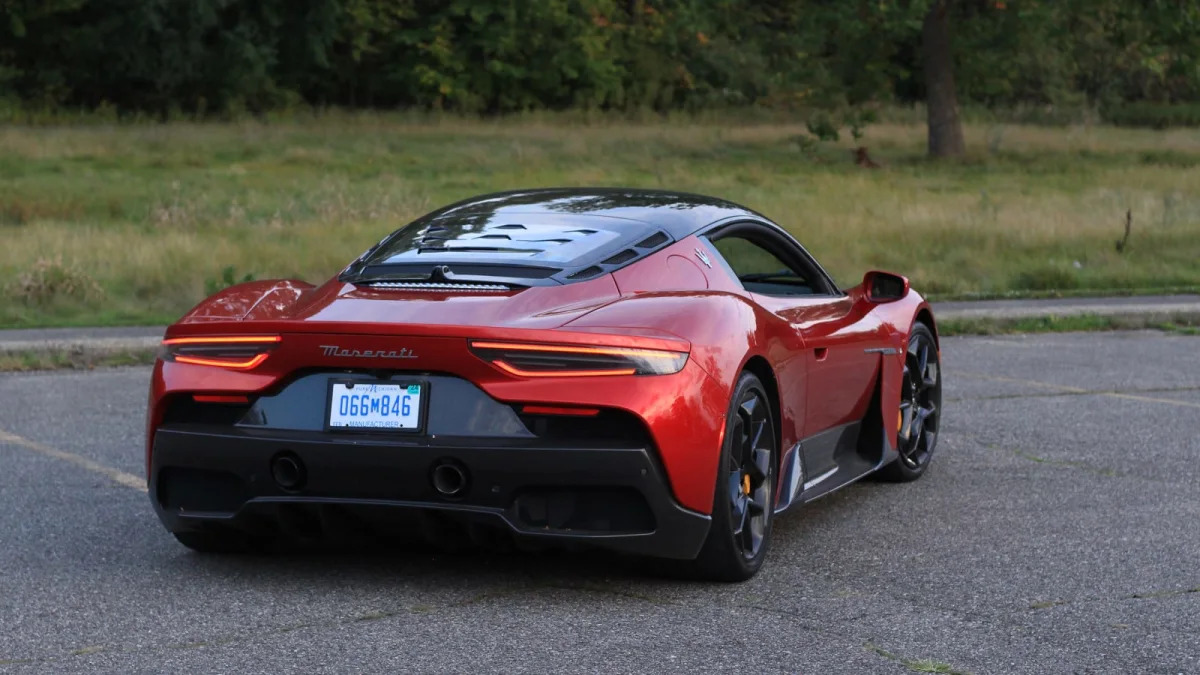
The other sore point is the MC20’s rather wooden brake pedal, at least with our car’s optional carbon ceramics. They’ll certainly halt your progress in a hurry, but it takes a forceful right foot. You have to really want the car to slow down, and when you do, there’s a lack of feel. In a way, the action is similar to older carbon ceramic brakes – get them warmed up, and they’re happy to work hard for you all day long, but around town, they’re dead and don’t clamp with the effectiveness you’d expect from a modern performance vehicle. Other carmakers have figured out how to make carbon ceramics work in any driving situation. Ultimately, it’s an odd tangent that feels out of context with the rest of the car’s easy-to-drive and happy-go-lucky nature.
Without a doubt, the MC20’s strong suit is its handling prowess, and we can thank the carbon chassis developed by Maserati and Dallara. The structure’s rigidity is noticeable from the first imperfection in the road you roll over, and it’s solidified after the first corner. You feel it through the steering wheel first, as the car slips and slithers through a road with such little effort, requiring minimal steering input. The rack is shockingly quick, and the chassis so responsive to every little adjustment you make that it’s impossible to hold the smile back that will soon be smeared across any driver’s face. Choose “Corsa” mode, and any hint of body roll that was present in GT mode dissipates to reveal a car that clearly requires a racetrack to extract its potential. Those giant paddles behind the steering wheel become your best friend, quickly ticking up and down the eight-speed dual-clutch gearbox. There are no artificial pops and bangs to be heard, just a genuine V6 gulping in incredible amounts of air and an exhaust that spits out a harmonic riiiiiip every trip up the tachometer.
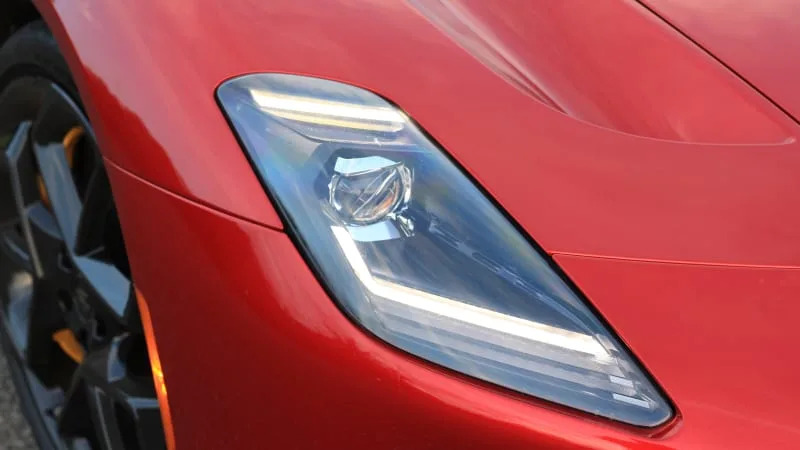
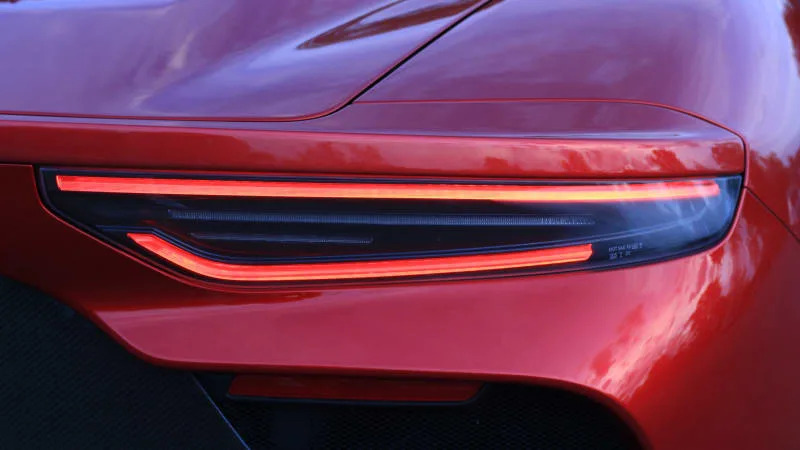
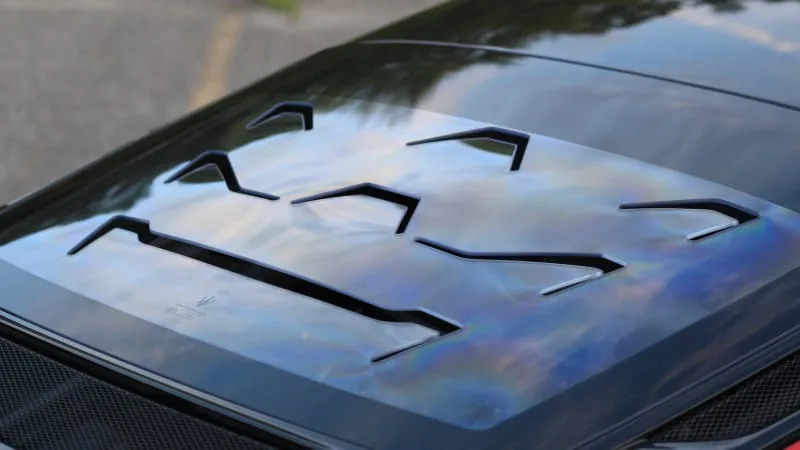
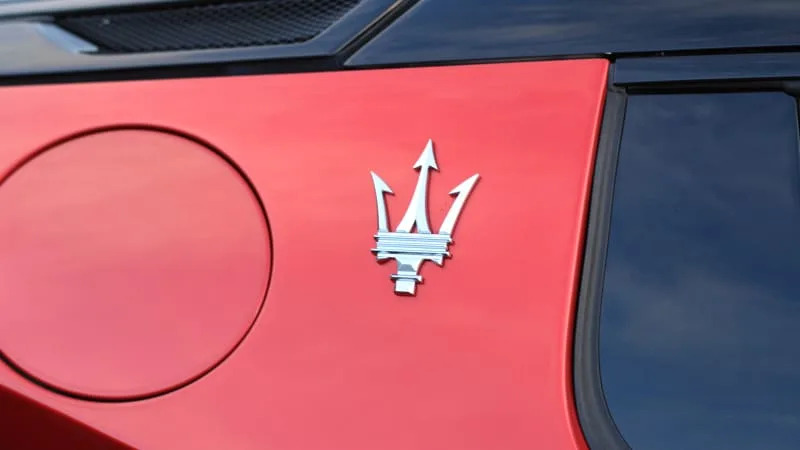
There’s a beautiful balance to everything the MC20 does, because it genuinely achieves at an extremely high level no matter the situation. Sure, it’d be nice if the frunk was a little bigger than a cubby, if blind-spot warning was available and if ventilated seats were optional on top of the available heated ones, but when it comes to a supercar, those are some compromises that I’m willing to make for such a beautiful design and top-shelf driving dynamics. And that design well and truly passes the supercar test, because there isn’t a crowded city street or busy stoplight that won’t have eyes swiveling toward you, especially in this test car’s $10,000 Rosso Vincente paint job. Other must-get options include the $4,000 nose lift to protect the low and vulnerable splitter and $4,000 Sonus Faber 12-speaker audio system that’ll make all the tire and wind noise on the highway fade into the background.
All those options are supercar money because the MC20 comes with a supercar price. The party starts at $212,000 for the Coupe, but the test car pictured here ended at $299,550. Yeah, it gets expensive quickly. Still, that’s right on par with contemporaries like the Porsche 911 Turbo S, Lamborghini Huracan and McLaren GT, which makes for quite a difficult decision. Maserati even being in the same discussion as these veritable legends shows just how far the brand has come with the MC20. It’s a true supercar in every possible way, and Maserati did an honorable job of making a supercar that is distinctively Maserati. It pays homage to the brand’s long racing heritage by being an absolute firecracker to drive, all while being a reasonable, two-seat luxury sports car for the less racing-oriented. Don’t call it the everyday supercar, but the MC20 sure is flirting with that reputation.
Read the full article here

